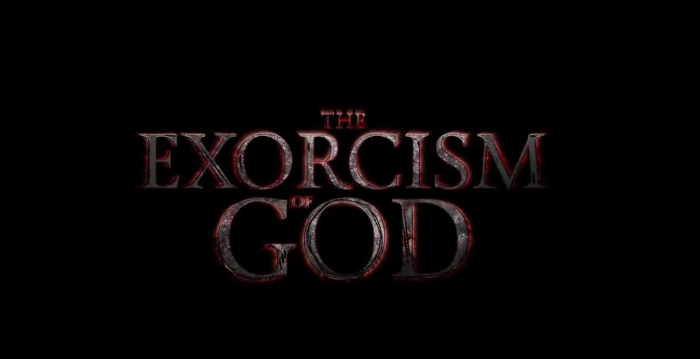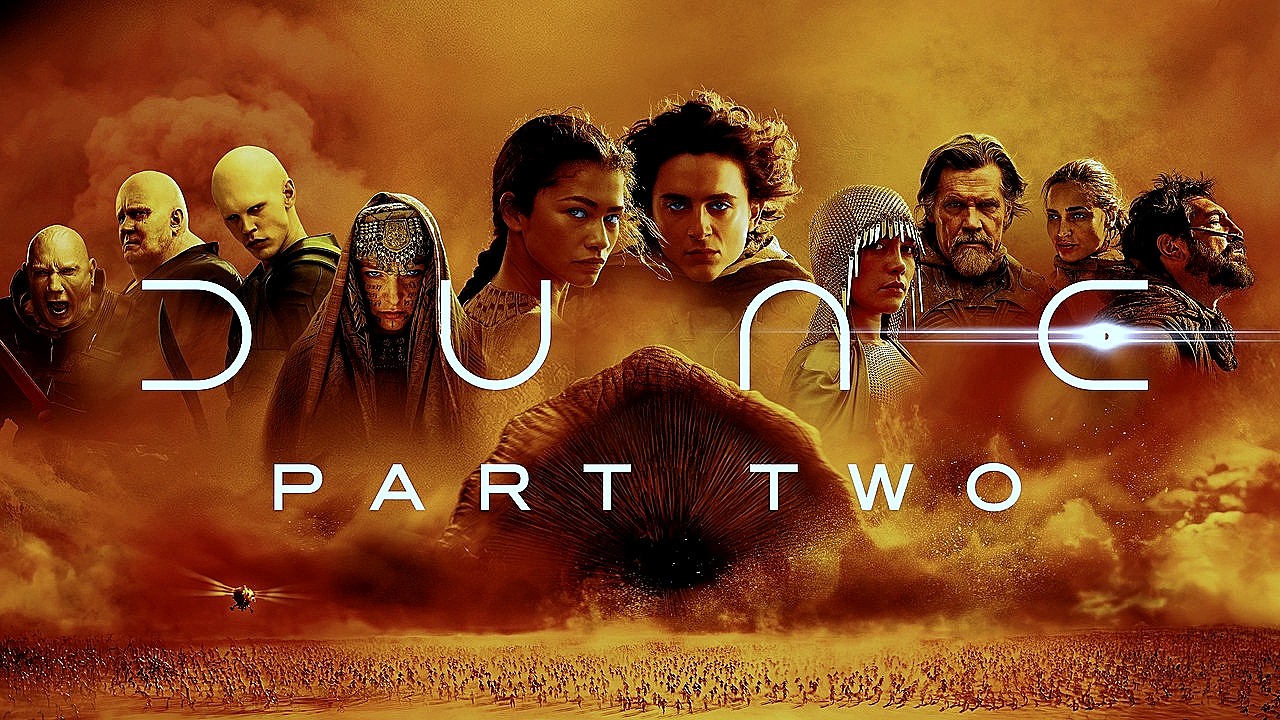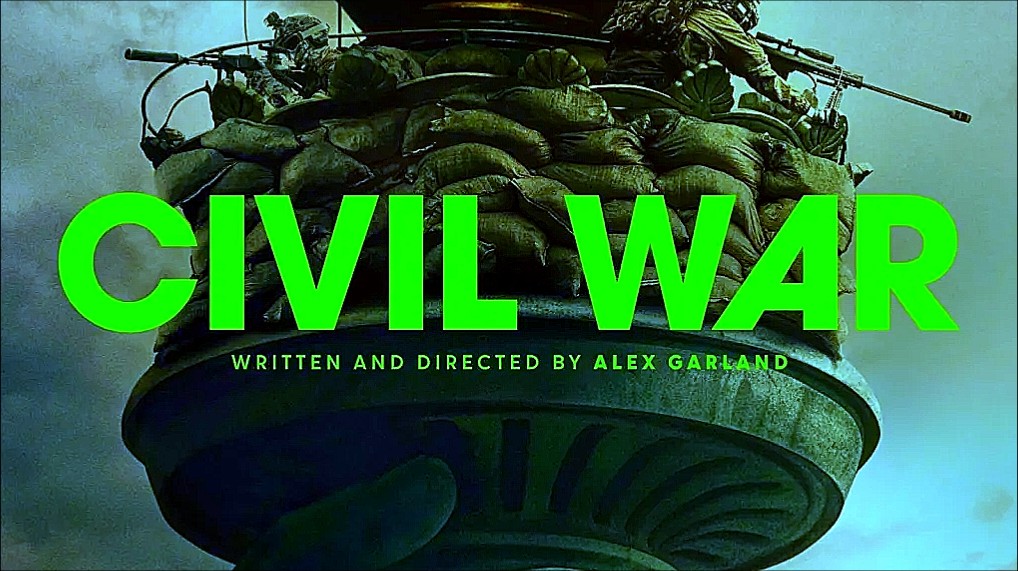The Exorcism of God (2021) – Movie Details and Full Review

- Title: The Exorcism of God
- Director: Alejandro Hidalgo
- Writers: Alejandro Hidalgo, Santiago Fernández Calvete
- Cast: Will Beinbrink (Father Peter Williams), María Gabriela de Faría (Esperanza), Irán Castillo (Magali), Hector Kotsifakis (Dr. Nelson), Joseph Marcell (Father Michael Lewis), Oscar Flores
- Genre: Horror, Drama, Thriller
- Runtime: 1 hour 38 minutes
- Rating: R (for disturbing content, sexual violence, nudity, and language)
- Release Date: Premiered at Fantastic Fest on September 27, 2021; released in theaters, on demand, and digital on March 11, 2022; Blu-ray and DVD on April 19, 2022
- Production Companies: Epica Pictures INC, Kabche Film Production, Hakuhn, In the Works Productions, Terminal, Mitos Production Company
- Distributor: Saban Films (United States, Australia, New Zealand, United Kingdom, Ireland, South Africa)
- Language: English, Spanish (with subtitles for some scenes)
- Availability: Available on Prime Video, JioCinema, and other platforms for rent or purchase; also on Blu-ray and DVD
Synopsis
Set in Mexico, The Exorcism of God follows Father Peter Williams (Will Beinbrink), an American priest revered as a saint by locals for his charitable work. In 2003, Peter attempts an exorcism on a nun named Magali (Irán Castillo), but the ritual goes horribly wrong. Possessed by the demon Balban, Peter commits a grave sin—sexually assaulting Magali. The incident is covered up, and he avoids excommunication by keeping it secret. Eighteen years later, in 2021, Peter faces the consequences when a deadly illness strikes the town’s children, and a young woman, Esperanza (María Gabriela de Faría), in a local prison shows signs of possession by the same demon. With the help of Father Michael Lewis (Joseph Marcell), Peter confronts his past and the demon, leading to a climactic battle that tests his faith and soul. The film ends on an ominous note, with Peter, fully possessed, displaying a demonic grin, leaving his fate and that of those around him uncertain.
Full Review
The Exorcism of God is a bold, if polarizing, entry in the exorcism horror subgenre, attempting to carve its own path while paying homage to classics like The Exorcist (1973). Directed by Venezuelan filmmaker Alejandro Hidalgo, known for The House at the End of Time (2013), the film blends traditional horror elements with provocative themes, including critiques of the Catholic Church’s hypocrisy and corruption. While it delivers striking visuals, solid performances, and some innovative twists, it stumbles with pacing issues, tonal inconsistencies, and controversial content that may alienate some viewers.
Strengths
- Visuals and Atmosphere: The film’s cinematography, led by Gerard Uzcategui, is a standout, creating a dark, dread-filled atmosphere, particularly in the prison setting where much of the second half unfolds. The makeup and practical effects for the possessed characters, especially María Gabriela de Faría’s Esperanza, are impressive, adding a visceral layer to the horror. The special effects, particularly the demonic transformations, are well-executed for a low-budget production, enhancing the eerie tone.
- Performances: Will Beinbrink delivers a compelling performance as Father Peter, carrying the emotional weight of a flawed, guilt-ridden priest. His portrayal grounds the film, making Peter’s internal struggle palpable. Joseph Marcell, known for The Fresh Prince of Bel-Air, brings gravitas and occasional humor as Father Michael, adding depth to the exorcism scenes. María Gabriela de Faría’s intense depiction of possession is both terrifying and convincing.
- Innovative Elements: The film takes risks by subverting exorcism tropes. It explores the idea that exorcisms may not work as traditionally depicted, questioning the efficacy of Catholic rituals and the Church’s moral authority. The concept of an “auteur exorcism,” where a priest must believe they are God to succeed, is a daring, if contentious, addition. The film’s title, hinting at an exorcism of God, is addressed in a way that feels fresh, even if it doesn’t fully land.
- Social Commentary: The script weaves in critiques of the Church’s cover-ups and moral failings, drawing parallels to real-world abuse scandals. This gives the film a layer of depth beyond typical possession horror, though it doesn’t always explore these themes with nuance.
- Homages and Easter Eggs: Fans of The Exorcist will appreciate subtle nods, such as the iconic lamplight scene recreated early in the film. These tributes are intentional and respectful, avoiding outright imitation.
Weaknesses
- Controversial Content: The film’s depiction of sexual violence, particularly the assault scene involving Magali, is graphic and divisive. Critics, including The New York Times, have called it misogynistic, arguing it exploits female characters for shock value rather than dissecting its protagonist’s moral failings. This scene, combined with sexualized imagery and language, may disturb viewers and detract from the film’s message.
- Pacing and Tonal Issues: The first half builds tension effectively, but the third act falters with a chaotic chase sequence and a comedic tone that undercuts the horror. Some reviewers noted a shift to “Raimi-esque” campiness, but without Sam Raimi’s flair, it feels jarring. The ending, while ambitious, is criticized as weak and confusing, with some feeling it devolves into absurdity.
- Script Flaws: The screenplay struggles to balance its ambitious themes. Father Peter’s refusal to take full responsibility for his actions until cornered makes him hard to root for, undermining the redemption arc. Plot holes and inconsistent character motivations, such as the demon’s unclear goals, weaken the narrative.
- Overreliance on Clichés: Despite its innovations, the film leans on familiar possession tropes—levitation, vulgarity, and jump scares—that feel repetitive to genre fans. The CGI effects in the final act are also criticized as subpar, detracting from the otherwise strong visuals.
- Mixed Reception: The film has a 57% approval rating on Rotten Tomatoes (based on 14 reviews) and mixed user feedback. Some praise its entertainment value and scares, while others call it “garbage” or “offensive,” citing technical errors and a lack of depth. On platforms like Reddit, fans appreciated its surprises but noted its uneven execution.
Critical Reception
- Positive Reviews: Heaven of Horror called it “damn good” and innovative, praising its runtime efficiency and boundary-pushing approach. Nightmarish Conjurings described it as “bananapants” but purposeful, blending exploitation horror with social commentary. Joblo noted its ability to win over skeptics with unique twists.
- Negative Reviews: The New York Times criticized its misogyny and lack of depth in addressing Peter’s sins. Letterboxd users called it incoherent or disrespectful, particularly for its handling of sensitive themes. Metacritic reviews noted pacing issues and a comedic shift that undermined the horror.
- Audience Feedback: On IMDb and Amazon, viewers are split. Some found it genuinely creepy with great effects, rating it highly (7/10 in some cases), while others found it confusing or poorly made, with a weak ending. Reddit users on r/horror praised its second half for “Sam Raimi vibes” and fun, but acknowledged its flaws.
Recommendation
The Exorcism of God is a mixed bag that will appeal to horror fans who enjoy exorcism films and can stomach its provocative content. Its strong visuals, solid performances, and bold critique of organized religion make it stand out, but its reliance on clichés, uneven pacing, and controversial elements may alienate others. If you’re a fan of The Exorcist or The Conjuring and are looking for a fresh, if flawed, take on the genre, it’s worth a watch. However, those sensitive to sexual violence or seeking a more polished narrative may want to skip it. For a better experience, watch with the lights off and volume up, as suggested by some fans, but be prepared for a wild, imperfect ride.
Rating: 6.5/10
The film earns points for its ambition, visuals, and performances but loses ground due to its execution flaws and divisive content. It’s a compelling, if messy, addition to the exorcism subgenre.
Where to Watch
- Streaming: Prime Video, JioCinema (in Hindi), Tubi (free with ads in some regions)
- Purchase/Rent: Available on Amazon for Blu-ray/DVD or digital rental
- Check local listings for theater re-releases or availability on platforms like Starz.
Content Warning
The film contains graphic sexual violence, nudity, gore, and themes that may offend religious viewers, particularly devout Catholics. Viewer discretion is advised.
Additional Notes
For fans of the genre, the film’s nods to The Exorcist and its unique twists make it a worthwhile one-time watch, but it doesn’t reach the heights of its inspirations.
The film’s title and concept of “exorcising God” sparked curiosity and debate, with some interpreting it as a metaphor for purging corrupt religious dogma. The line “The Heaven plays his card too” in the ending confused viewers, possibly suggesting a divine counterplay against the demon, though it’s left ambiguous.
Hidalgo’s statement emphasizes the film’s intent to explore the disconnect between spirituality and organized religion, making it a thought-provoking, if imperfect, effort.




